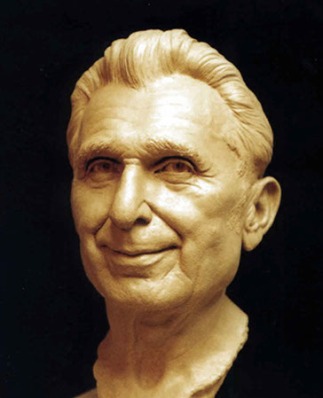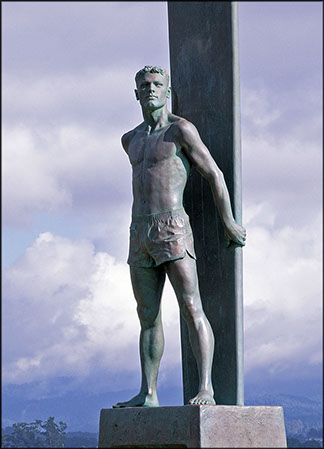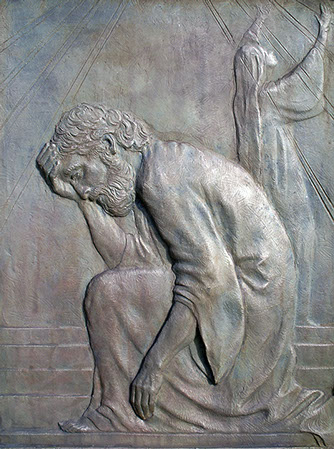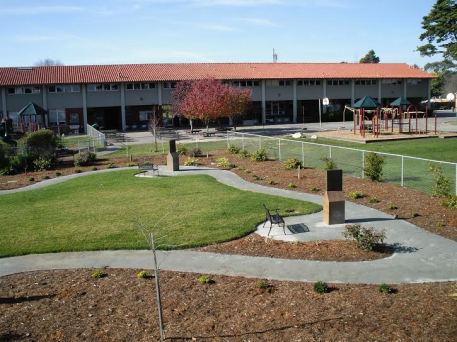Demonstrating how to balance the idealism and realism
After Carrie Gress’s interview with sculptor Thomas Marsh on the Pontifex University blog, here, I thought I would enlarge on my comments on Marsh’s sculpture. Marsh is one of the few artists I have seen who has a high level of skill and who seems to understand how to use that skill to balance idealism and realism. This really should be something that every Christian artist should understand, but seem to nowadays. What is noticeable is that he varies the degree of idealization according to the subject of his scultpture. Here’s what I mean:
First is that I think the quality of his craftmanship comes through in his portraits, which in my opinion are stunning. The individual character of the person shines out of his work. Here are some examples.
The mark of a unique person is present, though slightly reduced, in this sculpture of a surfer, which is not intended to be a portrait, but an idealized personification of a surfer, and a tribute to surfing. Again, this is skillfully rendered.
Contrast this with the face of Our Lady shown below, in which the idealization is taken a step further:
Notice how the portrayal of individual character is least evident here. The face is idealized in a way that partially resembles, it seems to me, the idealized features of an ancient Greek Venus. Any portrayal of Our Lady must reveal her as a unique person, as a portrait does, of course. We discern the general through the particular. But at the same time, it must emphasize those qualities that are common to all of humanity, and present them in their best light, for these are the qualities that we can emulate in her. Those aspects that are unique to Mary cannot, by definition, be imitated. It is this emphasis of the general that leads the artist into a portrayal of an idealized form in sacred art. The exact nature of that idealization can vary – in the iconographic tradition it is different from classical naturalism. But it must be there.
The degree of idealization is slightly less in the surfer, because he is meant to portray not those aspects that are common to all people, but rather those aspects that are common to all surfers when they are presented in their best light.
Another wonderful example of sacred art by Marsh is this relief sculpture: “Sorrow 1” from the Seven Sorrows and Joys of St. Joseph, a meditation which is very beloved by the Oblates of St. Joseph,(see osjusa.org) a small religious order devoted to “serving God in imitation of St. Joseph.” Sorrow 1″ is part of a 2006 landscape architectural prayer walk (co-designed by March) on the grounds of the Oblates’ U.S. provincial headquarters in Santa Cruz:
Relief sculpture is, one might say, not a representation of the form directly, but a painting in shadow. Here is a picture of the Sorrow Walk:
In the interview Marsh refers to a commission he is about to begin for a series of statues for a Rosary walk. I look forward to seeing it completed.






